In the ever-evolving landscape of manufacturing, the pursuit of efficiency and precision has led us to the realm of High-Speed Machining (HSM). As an avid explorer of cutting-edge technologies, I invite you to join me on a journey through the intricacies of HSM, where we will delve into its principles, applications, and the advantages and disadvantages it brings to the manufacturing table.
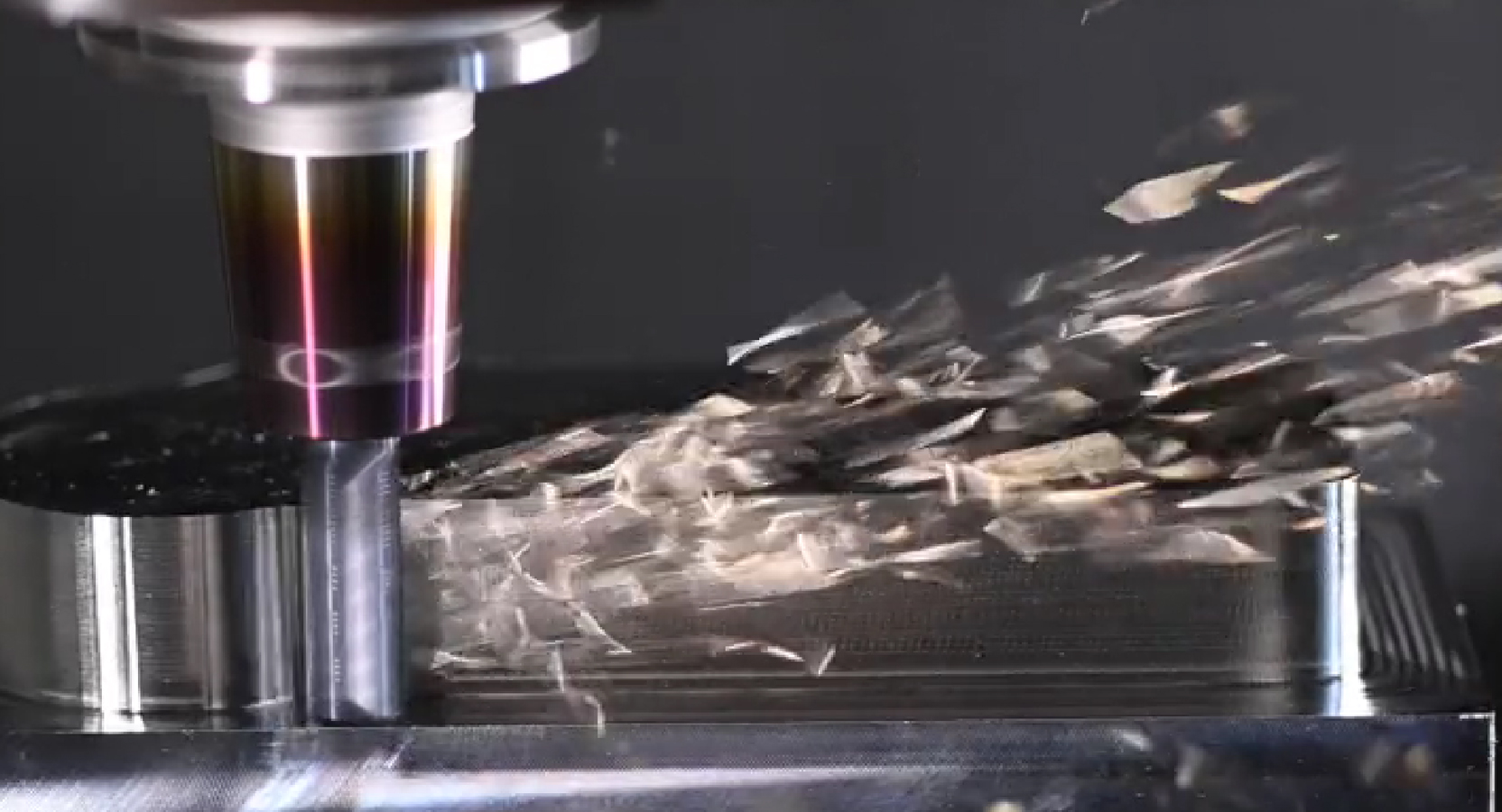
High-Speed Machining (HSM) stands as an innovation that has reshaped the manufacturing landscape, revolutionizing precision engineering with its relentless pursuit of efficiency and precision.
The genesis of HSM dates back to the mid-20th century when manufacturers sought ways to accelerate production without compromising precision. Initially used primarily in aerospace industries, its application expanded rapidly across various sectors. In the 1980s and 1990s, technological advancements in cutting tools, machinery design, and control systems paved the way for the widespread adoption of HSM techniques. Since then, it has continually evolved, integrating 5-axis CNC machines, advanced tooling materials, and adaptive control systems.
At its core, HSM involves the use of advanced machinery and cutting tools to achieve significantly higher cutting speeds and material removal rates while maintaining precision and surface quality. Typically characterized by spindle speeds exceeding 15,000 RPM and surface cutting speeds above 500 m/min, HSM significantly reduces cycle times compared to conventional machining methods.
The transformative impact of HSM on modern manufacturing cannot be overstated. Its ability to enhance productivity, improve surface finish, and achieve tighter tolerances has led to its widespread adoption in industries ranging from automotive and aerospace to medical device manufacturing. HSM has become synonymous with achieving higher efficiency without compromising on the quality of the end product.
Recent technological advancements continue to propel the evolution of HSM. Innovations in machine tool design, advanced cutting tool materials, adaptive control systems, and the integration of artificial intelligence and machine learning are further refining the capabilities of high-speed machining, making it even more precise, efficient, and adaptable to diverse manufacturing needs.
Standardization and the establishment of best practices play a crucial role in optimizing HSM processes. Organizations such as the International Organization for Standardization (ISO) continually develop and update standards specific to high-speed machining, ensuring safety, quality, and interoperability across different manufacturing setups.
This comprehensive understanding of HSM's evolution, definition, role in manufacturing, technological advancements, and industry standards sets the stage for a deeper dive into the intricate aspects of High-Speed Machining.
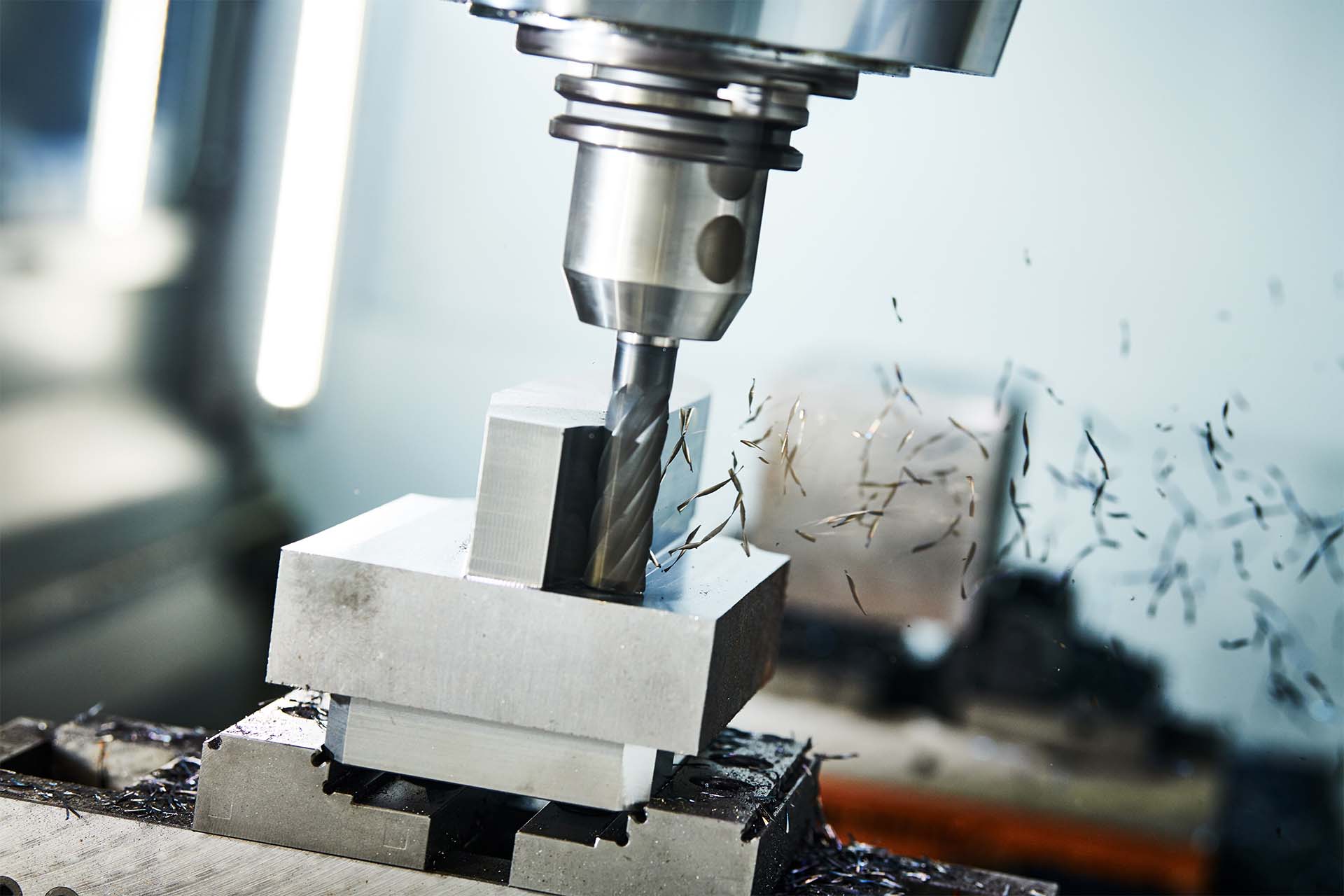
High-Speed Machining machines are designed with meticulous attention to precision and efficiency. The cornerstone lies in their ability to withstand high rotational speeds while maintaining stability and accuracy. Enhanced rigidity, vibration dampening mechanisms, and dynamic control systems are integrated into these machines to ensure consistent performance at elevated speeds. Moreover, the development of advanced spindle technologies and sophisticated cooling systems allows for sustained high-speed operations without compromising accuracy.
Central to the efficiency of High-Speed Machining is the utilization of advanced cutting strategies. High-efficiency CNC milling techniques, such as trochoidal milling and high-performance roughing, optimize tool engagement and chip evacuation, minimizing heat generation and tool wear. These strategies, combined with adaptive toolpaths and optimized cutting parameters, enable HSM to achieve unparalleled material removal rates while maintaining precision and surface quality.
The evolution of cutting tools has been pivotal in enabling HSM to reach new heights of efficiency and precision. Cutting tool manufacturers have introduced materials like ceramics, carbides, and cubic boron nitride (CBN), engineered to withstand the high temperatures and forces generated during high-speed operations. Additionally, the design of cutting geometries and coatings has undergone continuous refinement to enhance tool life, wear resistance, and heat dissipation.
The integration of 5-axis CNC machining amplifies the capabilities of HSM by enabling simultaneous multi-axis movements. This dynamic capability allows for complex geometries to be machined with a single setup, reducing setup times and enhancing accuracy. With the ability to approach workpieces from multiple angles, 5-axis HSM ensures optimal tool engagement, resulting in superior surface finishes and intricate part details.
The control systems governing High-Speed Machining operations play a crucial role in ensuring precision and stability. Advanced CNC controllers with adaptive control algorithms continuously monitor cutting conditions, adjusting feed rates, spindle speeds, and tool paths in real-time to optimize performance and maintain precision, even in dynamically changing conditions.
A comprehensive grasp of the machinery principles, cutting strategies, tool evolution, multi-axis capabilities, and precision control systems underpinning High-Speed Machining unveils the intricate web of technology that powers this revolutionary manufacturing process.
5-axis high-speed CNC machining stands at the pinnacle of precision engineering, offering multifaceted advantages that redefine manufacturing possibilities.
The primary advantage of 5-axis CNC machining lies in its simultaneous movement along multiple axes. This dynamic capability allows for the creation of complex geometries without the need for multiple setups, enhancing precision and reducing production time.
By providing the flexibility to approach workpieces from various angles, 5-axis machining significantly reduces setup times. This streamlined approach minimizes operational downtime, leading to increased productivity.
The intricate movements of 5-axis machining ensure optimal tool engagement, resulting in superior surface finishes and finer tolerances. This level of precision is invaluable in industries where flawless surfaces and exacting measurements are imperative.
Aerospace industries have extensively embraced High-Speed Machining to craft intricate components with utmost precision. HSM enables the production of lightweight yet robust parts crucial for aircraft and spacecraft, ensuring superior performance and safety standards. From engine components to structural elements, the aerospace sector leverages HSM's capabilities to push the boundaries of what is achievable in aviation.
In the automotive realm, High-Speed Machining revolutionizes production processes, enhancing efficiency while maintaining stringent quality standards. The ability to fabricate complex components with fine tolerances ensures the production of high-performance engines, lightweight chassis, and intricate parts that contribute to vehicle safety, fuel efficiency, and overall performance.
Medical device manufacturing demands the highest precision, and HSM meets this demand impeccably. From implants to surgical instruments, HSM's ability to achieve intricate details and exceptional surface finishes ensures the production of medical devices that meet stringent quality and safety standards. The precision and reliability offered by HSM are paramount in this field, where accuracy can be a matter of life and death.
The energy sector, including the production of turbines and other critical components, benefits from HSM's precision and efficiency. Whether in renewable energy solutions or traditional power generation, HSM aids in crafting components that withstand extreme conditions, ensuring optimal performance and reliability in energy production.
The consumer electronics industry relies on HSM to craft intricate and compact components that power the devices we use daily. From smartphone parts to microprocessors, HSM facilitates the production of smaller, more efficient components that drive innovation in electronics, enabling higher performance and energy efficiency in consumer products.
In marine and defense sectors, HSM aids in crafting components for vessels, weaponry, and defense systems. The precision and reliability offered by HSM ensure the production of components that meet rigorous standards of durability, resilience, and performance in demanding maritime and defense applications.
Exploring these diverse applications underscores the versatility and indispensable role that High-Speed Machining plays across various industries, shaping the modern landscape of precision manufacturing.
High-Speed Machining significantly reduces machining cycle times, leading to enhanced productivity. The ability to achieve higher material removal rates and reduced lead times allows manufacturers to meet demanding production schedules efficiently.
HSM techniques yield superior surface finishes and tighter tolerances. This precision ensures higher quality end products, reducing the need for secondary operations and enhancing overall part quality.
The adaptability of HSM techniques to various materials and complex geometries allows for greater flexibility in part design and manufacturing processes. It enables the production of intricate components that might be challenging or impossible using conventional machining methods.
Investing in machinery capable of high-speed operations and advanced cutting tools involves substantial capital expenditure. Additionally, the maintenance and upkeep of such equipment contribute to ongoing operational costs.
HSM often requires materials with specific properties to withstand the high speeds and forces involved. This limitation may restrict the choice of materials, impacting design flexibility and material cost.
Operating HSM machinery and optimizing cutting parameters demand specialized skills and knowledge. Adequate training and expertise are essential for operators to harness the full potential of high-speed machining, adding complexity to workforce management.
Providing comprehensive training programs for operators and engineers ensures the mastery of HSM techniques, mitigating the skill gap and optimizing operational efficiency.
Continuous R&D efforts in cutting tool technologies and materials expand the range of materials compatible with HSM, minimizing material limitations and reducing associated costs.
Conducting thorough cost-benefit analyses and optimizing machining processes aid in maximizing the advantages of HSM while mitigating its inherent challenges, ensuring a balanced approach to implementation.
Implementing predictive maintenance strategies and advanced control systems optimizes equipment performance, reducing downtime and maintenance costs associated with HSM machinery.
Analyzing the advantages and challenges of High-Speed Machining equips manufacturers with insights to capitalize on its strengths while proactively addressing its limitations, paving the way for optimized manufacturing operations.
High-Speed Machining, with its evolution, technological prowess, diverse applications, and inherent challenges, stands as a cornerstone of modern precision manufacturing. From the relentless pursuit of efficiency to the quest for unparalleled precision, HSM has reshaped industries across the spectrum.
The evolution of machinery design, cutting strategies, tooling materials, and the integration of 5-axis capabilities have revolutionized the way we approach manufacturing. These advancements have not only enhanced productivity but have also redefined the boundaries of precision engineering.
However, alongside its myriad advantages, HSM presents challenges—be it the initial investment in specialized equipment or the need for skilled operators. Yet, these challenges pale in comparison to the transformative impact HSM has on elevating quality, meeting demanding schedules, and fostering innovation across industries.
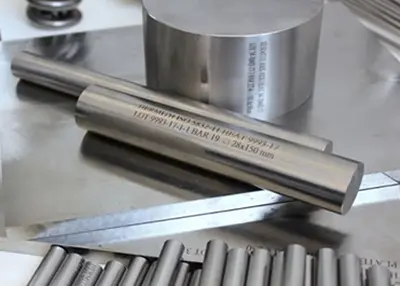 Surface Treatment for CNC Machining PartsApril 4, 2023CNC machining can produce precision parts with strict tolerances and fine parts from various metal or plastic materials. Due to the influence of factors such as plastic deformation during chip separat...view
Surface Treatment for CNC Machining PartsApril 4, 2023CNC machining can produce precision parts with strict tolerances and fine parts from various metal or plastic materials. Due to the influence of factors such as plastic deformation during chip separat...view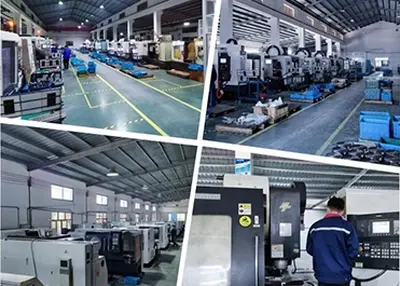 Which Is Easier to Weld, Aluminum or Stainless Steel?October 26, 2023This is because the melting point of stainless steel is higher than that of aluminum alloys, which makes it more stable during the welding process. Aluminum alloys are prone to the risk of being burned through because of their low melting point during the welding process. In addition, aluminum alloys are also susceptible to the formation of an aluminum oxide film on the surface in air, which has a much higher melting point than aluminum itself, making it more difficult to weld.view
Which Is Easier to Weld, Aluminum or Stainless Steel?October 26, 2023This is because the melting point of stainless steel is higher than that of aluminum alloys, which makes it more stable during the welding process. Aluminum alloys are prone to the risk of being burned through because of their low melting point during the welding process. In addition, aluminum alloys are also susceptible to the formation of an aluminum oxide film on the surface in air, which has a much higher melting point than aluminum itself, making it more difficult to weld.view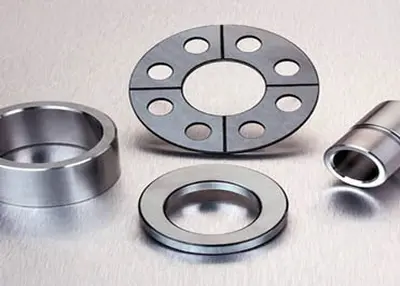 What Products Can Be Customized with a Five Axis CNC Machining Center?August 14, 2023A five-axis machining center is a highly technological, high-precision machine tool specialized in processing complex surfaces, and has a crucial influence on industries such as national aerospace, mi...view
What Products Can Be Customized with a Five Axis CNC Machining Center?August 14, 2023A five-axis machining center is a highly technological, high-precision machine tool specialized in processing complex surfaces, and has a crucial influence on industries such as national aerospace, mi...view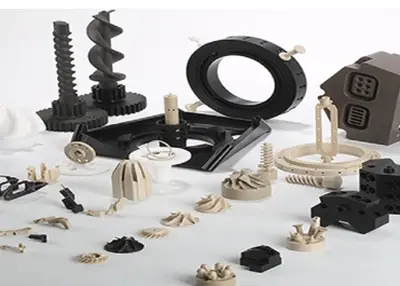 Cutting Costs, Not Quality: Exploring the Best Cheap CNC Material OptionsDecember 4, 2023In today's competitive market, every business is constantly finding ways to cut costs without compromising the quality of their products or services. When it comes to CNC machining, one of the mos...view
Cutting Costs, Not Quality: Exploring the Best Cheap CNC Material OptionsDecember 4, 2023In today's competitive market, every business is constantly finding ways to cut costs without compromising the quality of their products or services. When it comes to CNC machining, one of the mos...view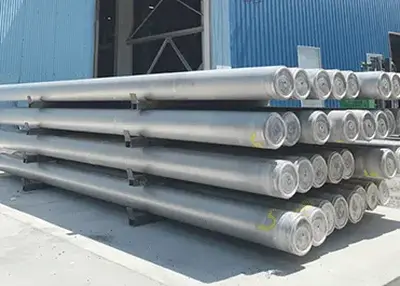 CNC Machined Billet Aluminum: Unveiling Precision in ManufacturingNovember 13, 2023Welcome to the realm of precision engineering, where CNC Machined Billet Aluminum takes center stage. As the proud provider of CNC machining services, Richconn stands as your gateway to unrivaled expertise and cutting-edge solutions in the realm of aluminum machining. Let's delve into the intricacies of CNC machining and the unparalleled advantages offered by billet aluminum.view
CNC Machined Billet Aluminum: Unveiling Precision in ManufacturingNovember 13, 2023Welcome to the realm of precision engineering, where CNC Machined Billet Aluminum takes center stage. As the proud provider of CNC machining services, Richconn stands as your gateway to unrivaled expertise and cutting-edge solutions in the realm of aluminum machining. Let's delve into the intricacies of CNC machining and the unparalleled advantages offered by billet aluminum.view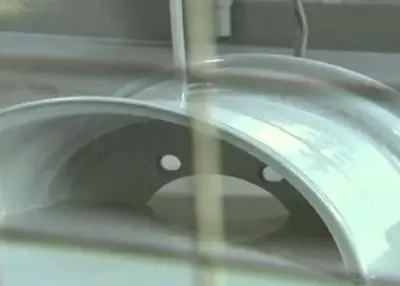 Electrophoresis Plating in Corrosion ResistanceJanuary 5, 2024When it comes to protecting metal objects from corrosion, electrophoresis plating is a game-changer. This process not only enhances the appearance of the metal but also provides a robust shield agains...view
Electrophoresis Plating in Corrosion ResistanceJanuary 5, 2024When it comes to protecting metal objects from corrosion, electrophoresis plating is a game-changer. This process not only enhances the appearance of the metal but also provides a robust shield agains...view